As you might expect, both concepts explore futuristic ideas in terms of fully autonomous driving technology, alternative propulsion, ‘second-nature’ connectivity, next-level personalisation and a new interpretation of luxury.
So-long, chauffeur
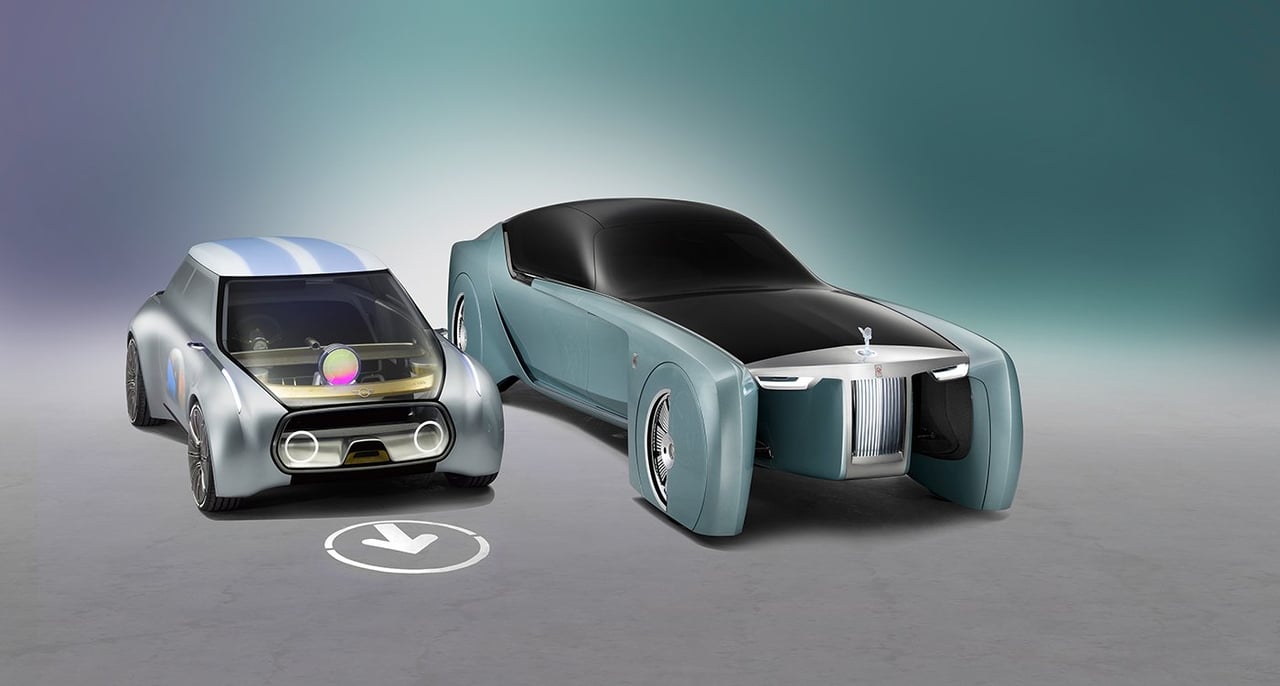
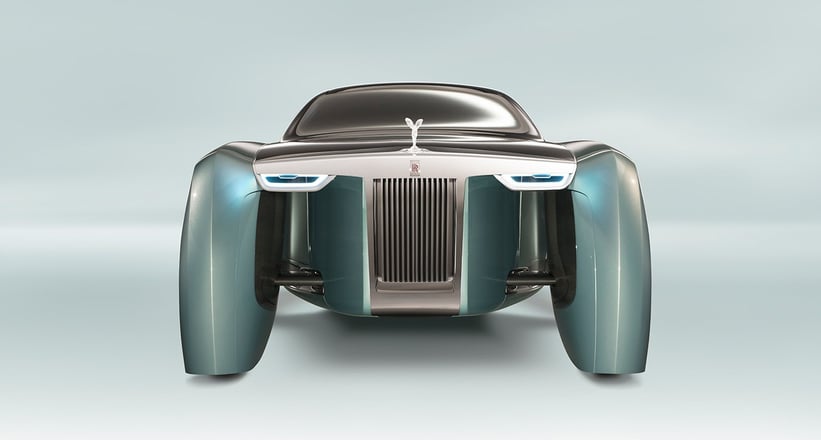
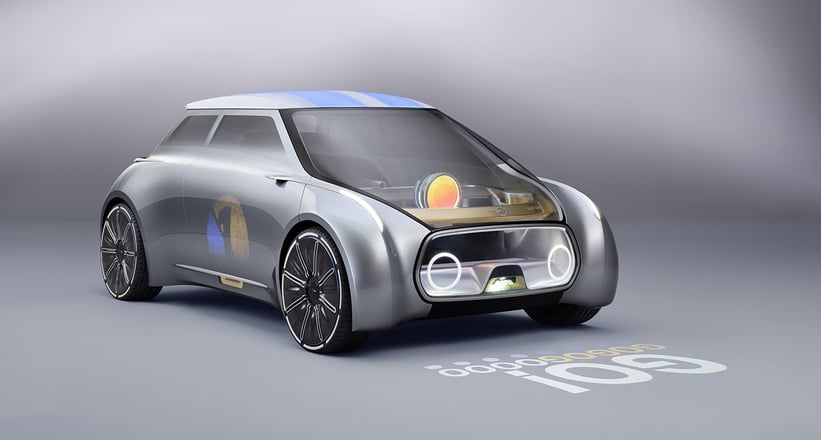
Will driving become a luxury?
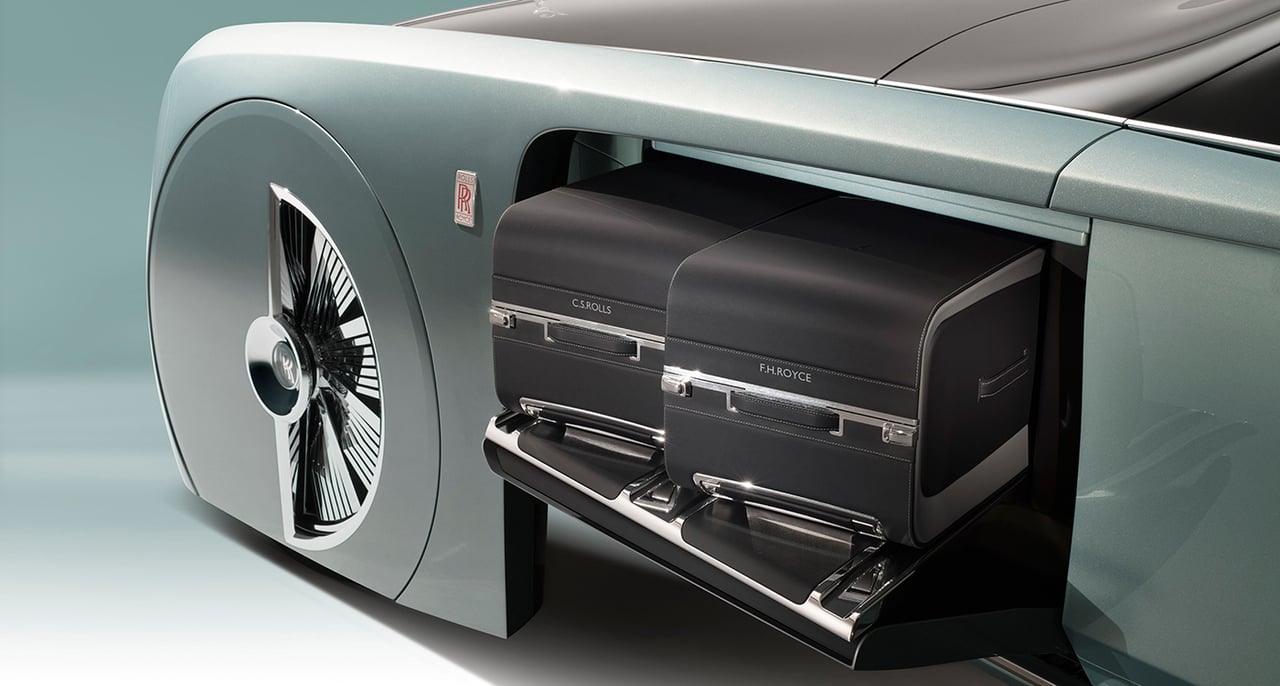
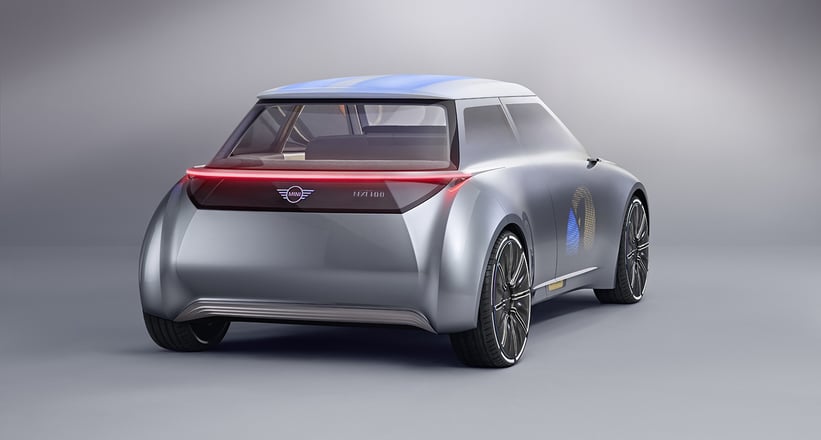
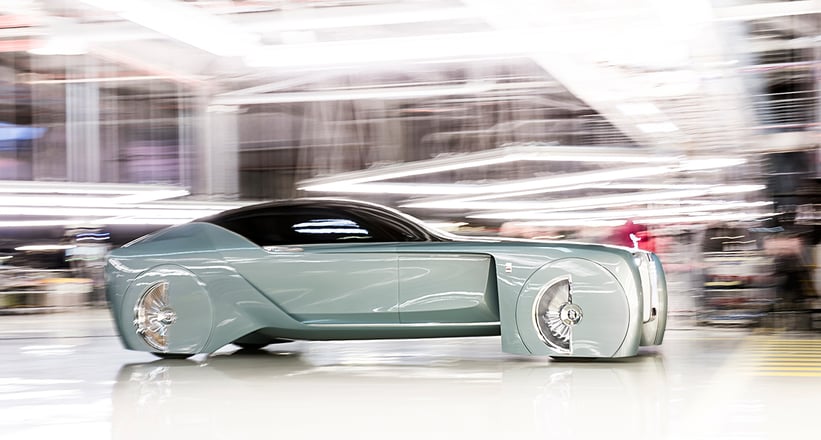
Its (significantly) smaller sibling, the Mini Vision Next 100, is a compact four-seater that ditches the brand’s established retro-informed design language for a clean-cut appearance, with overall dimensions ‘not so far removed from the first Mini back in 1959’. While it too makes use of autonomous technology, traditional driving controls have interestingly been retained. “Analogue qualities will become increasingly important in providing cars with a premium air in the future,” said Mini design boss Anders Warming at the dual reveal of the Vision Next 100 concepts in London. As such, the famous go kart-like dynamics of the current Minis have supposedly been preserved, and a ‘John Cooper Works performance mode’ introduced. The company suggests drivers would want to take the wheel themselves as often as possible – but they wouldn’t necessarily need to own the vehicle for the privilege. Strong hints are made towards such a vehicle being used in a next-generation car sharing programme, with on-demand delivery and extensive digital personalisation making it a more attractive proposition.
Photos: BMW / Mini / Rolls-Royce































